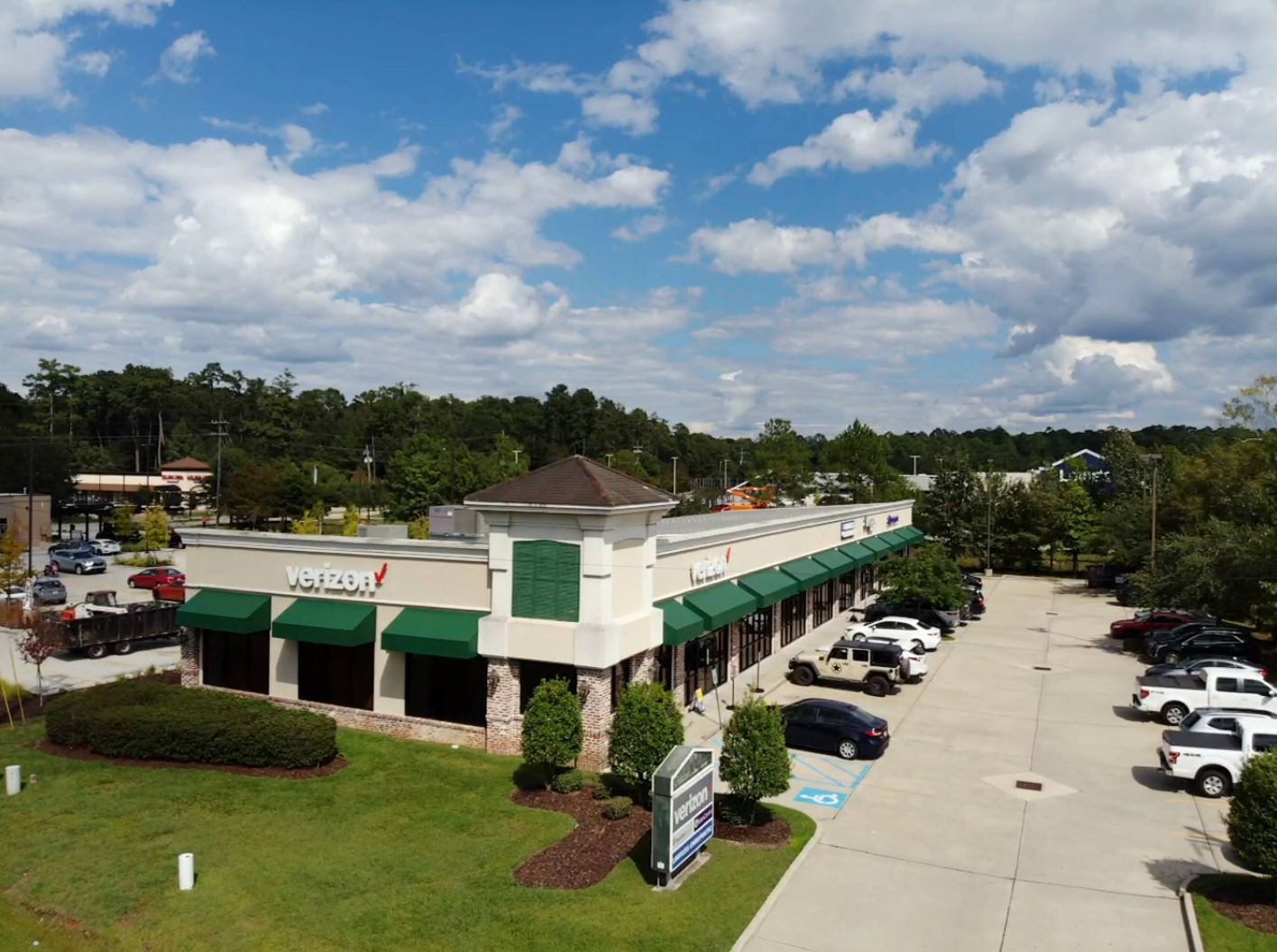Your First Investment Property: A Step-by-Step Guide to Getting Started
Curated for First-Time Real Estate Investors and Future Wealth Builders
Taking the leap from understanding how real estate builds wealth to securing your first investment property can feel overwhelming. The gap between knowing that real estate creates generational wealth and holding the keys to your first rental property seems enormous. But, every real estate empire begins with a single property, and that first acquisition doesn't require perfect timing, unlimited capital or years of experience. What it requires is a systematic approach that turns the complex process into manageable, actionable steps.
Preparing Your Financial Foundation
Before you start looking at properties, remember that you don't have to depend entirely on your own money to get started in real estate investing. While having some capital is important, the most successful investors understand how to leverage other people's money and alternative financing strategies to build wealth faster than traditional approaches allow.
The good news is that there are numerous ways to access capital for investment properties without relying solely on conventional lending. These strategies range from creative financing techniques to sophisticated financial instruments that people have used for decades.
Finding and Evaluating Your Target Property
Choosing your first investment property doesn't have to be overwhelming when you follow these rules to minimize risk and maximize returns:
RULE 1: PICK SOMETHING YOU KNOW Leverage your existing knowledge and experience. Do a lot of shopping? Consider a local strip center. Lived in apartments? A fourplex, single-family rental or small apartment building might be perfect to start. Worked in an office building for years? Look mall office spaces you feel familiar with. Owned an industrial service business? Industrial properties could be your sweet spot.
RULE 2: PICK WHERE YOU KNOW Invest in markets where you have a basic understanding of the area. Local knowledge gives you insights into neighborhood trends, traffic patterns and growth potential that out-of-area investors can't match.
RULE 3: CONSIDER YOUR MANAGEMENT COSTS Different assets have different management requirements, and understanding this is pivotal in building your portfolio. Each property type has market expectations for what the owner provides, and upkeep costs vary significantly as a percentage of gross expenses.
RULE 4: DON'T GUESS THE FUTURE Focus on real estate with strong historical performance in locations with proven track records. If trends are moving against an asset type or location, those details signal that the historical winds have changed.
RULE 5: KEEP YOUR EYES ON YOUR ASSETS There's nothing worse in a market than properties with bad or absent landlords. Minimal involvement may be acceptable in triple-net leases, which are common in industrial properties. However, in retail, office or multifamily properties, lack of responsiveness can erode tenant relationships and long-term value. Tenants talk, and prospects will pass on your space due to market reputation alone.
What to Judge Each Property Type On:
- Industrial: Accessibility and transportation access
- Retail: Visibility and traffic patterns
- Office: Proximity to city centers and population density
- Multifamily: Surrounding community and population growth trends
Structuring and Closing Your First Deal
Once you've identified a property that meets your investment criteria, the next phase involves structuring an offer that protects your interests while remaining attractive to the seller. This is where having a real estate agent experienced in investment transactions becomes invaluable. We can help you navigate the negotiation process and structure deals that work for both parties.
Your purchase offer should include appropriate contingencies that protect you during the due diligence period. A financing contingency ensures you can withdraw from the contract if you cannot secure acceptable loan terms. An inspection contingency allows you to thoroughly evaluate the property's condition and negotiate repairs or price adjustments based on what you discover. An appraisal contingency protects you if the property doesn't appraise for the contract price, which could affect your financing.
During the due diligence period, conduct a comprehensive analysis of both the property and the rental market. Hire qualified inspectors to evaluate the property's structural, mechanical and electrical systems. Research comparable rental properties to verify your income projections and ensure your rent estimates are realistic. Review the property's operating history if available, including utility costs, maintenance expenses and vacancy rates. This information will either confirm your investment thesis or reveal issues that need to be addressed before closing.
The closing process for investment properties involves additional steps. Work closely with your lender to provide all required documentation promptly and address any underwriting concerns quickly. Coordinate with your attorney or closing agent to review all closing documents and ensure the title is clear. Arrange for property insurance that covers both the physical structure and your liability as a landlord. Finally, prepare for the transition to property ownership by establishing systems for rent collection, maintenance management and tenant communication.
Setting Yourself Up for Long-Term Success
Securing your first investment property is just the beginning of your wealth-building journey through real estate. The habits and systems you establish with your first property will determine your success as you scale your portfolio over time.
Financial management and record keeping become increasingly important as your portfolio expands. Maintain detailed records of all improvements and repairs because these may be tax-deductible and will help you track your property's performance. Consider working with an accountant who understands real estate investments to ensure you're taking advantage of all available tax benefits while maintaining compliance with tax regulations.
Your first investment property should serve as a learning laboratory where you develop the skills and knowledge needed to build a larger portfolio. Pay attention to what works well and what challenges arise, then use these lessons to refine your investment criteria and process for future acquisitions. Many successful investors use the equity and cash flow from their first property to fund their second acquisition, creating a systematic approach to portfolio growth that compounds over time.
The path from your first investment property to lasting family wealth isn't always smooth, but it's proven and achievable. By focusing on solid fundamentals, maintaining realistic expectations and continuously learning, your first property becomes the foundation for the generational wealth we discussed in my last blog. Start with what you can afford, learn from each transaction and gradually build the portfolio that will provide financial security for you and your family for generations to come.
Bonus Strategy: Hyperdrive Your Wealth Building Plan
One strategy gaining traction is using whole life insurance as a personal banking system. This is often called "becoming your own bank." Instead of borrowing from traditional lenders for real estate acquisitions, wealthy investors use specially designed whole life insurance policies as collateral for loans, effectively borrowing against their own money while allowing the policy to continue growing tax-free. This creates a self-reinforcing system where you can finance real estate purchases without depleting liquid assets or subjecting yourself to traditional lending requirements.





